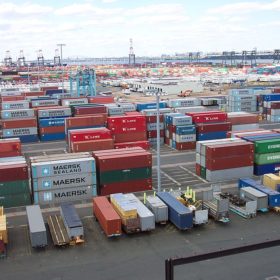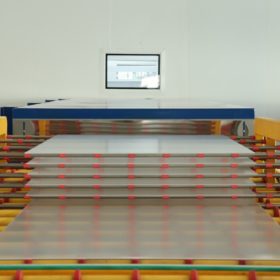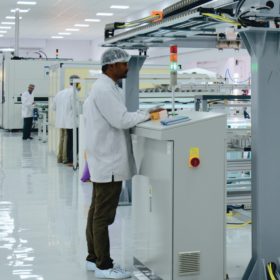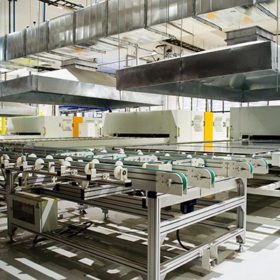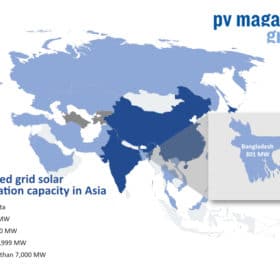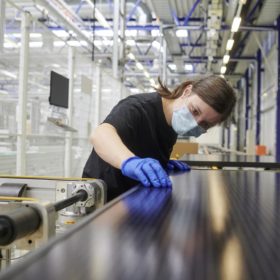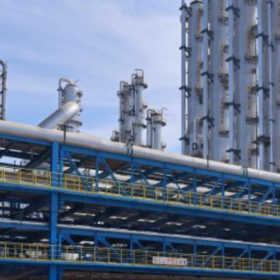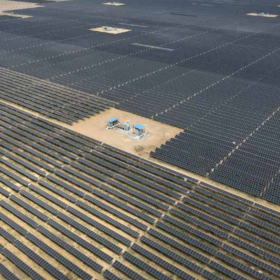India launches anti-dumping probe for solar cells from China, Thailand and Vietnam
The Directorate General of Trade Remedies (DGTR) under the commerce ministry stated the Indian manufacturers provided sufficient evidence to warrant the initiation of an investigation into the alleged dumping of solar cells. The investigation will aim to determine the existence, degree and effect of the dumping and recommend an amount of anti-dumping duty to offset the material injury to domestic manufacturers.
The long read: All that glitters is HJT
The devil is in the details, as they say, and when it comes to the next generation of mass-produced, high-efficiency PV cells, silver costs may be devilishly hard to reduce. Making things worse, prices for the precious metal are now heading in the wrong direction.
Solar glass maker Borosil Renewables bags national award
The government of India has recognized the manufacturer for the development and commercialization of 2mm thick fully-tempered solar glass, Selene anti-glare solar glass, and Shakti solar glass in matt-matt finish.
Production-linked solar incentive scheme to support just 8-13% of 240 GW panel demand till FY30
India has set a ‘280 GW by 2030’ solar target, out of which 240 GW is yet to be implemented. India Ratings estimates the PLI scheme shall provide incentives to the beneficiary facilities for an aggregate sales of 20-30 GW over a five-year period, which is just 8%-13% of the planned 240 GW requirement.
JSW’s steel production dips as it prioritizes medical oxygen supply
The company’s capacity utilization was 5% lower than in March as it prioritized medical oxygen supply over augmenting steel production.
IREDA to launch call for applications under the production-linked solar incentive scheme soon
Indian Renewable Energy Development Agency Ltd (IREDA), the implementing agency for the Production Linked Incentive (PLI) Scheme, would soon issue the selection document for solar manufacturers who wish to apply for state cash to set up production lines in India.
Industry reacts to production-linked solar incentive scheme
Solar manufacturers have welcomed the bidding criteria which apply to the incentives offered for setting up gigawatt scale, high-efficiency PV production lines but would like a bigger budget, to finance significant capacity build-up.
Government to finance 100 MW Bangladeshi solar plant
The federal government will provide INR968 crore of soft loans for a INR1307 crore, 100 MW solar park near the Jamuna river in Bangladesh’s Jamalpur district, where a second park of a similar size is being planned by Dhaka and a Chinese partner.
Meyer Burger unveils 400 W heterojunction solar module
The solar module will be available in three versions – white, black, and glass-glass. The products have an output of up to 400 W, but when the bifacial effect is optimally used, the output of the glass-glass module can reach up to 430 W. Both the white and black modules weigh less than 20 kg.
India installed 3.2 GW of solar in 2020
In large-scale solar, Adani was the largest developer by capacity, and Sterling & Wilson the preferred EPC partner. Tata Power Solar led in rooftop solar installations.
